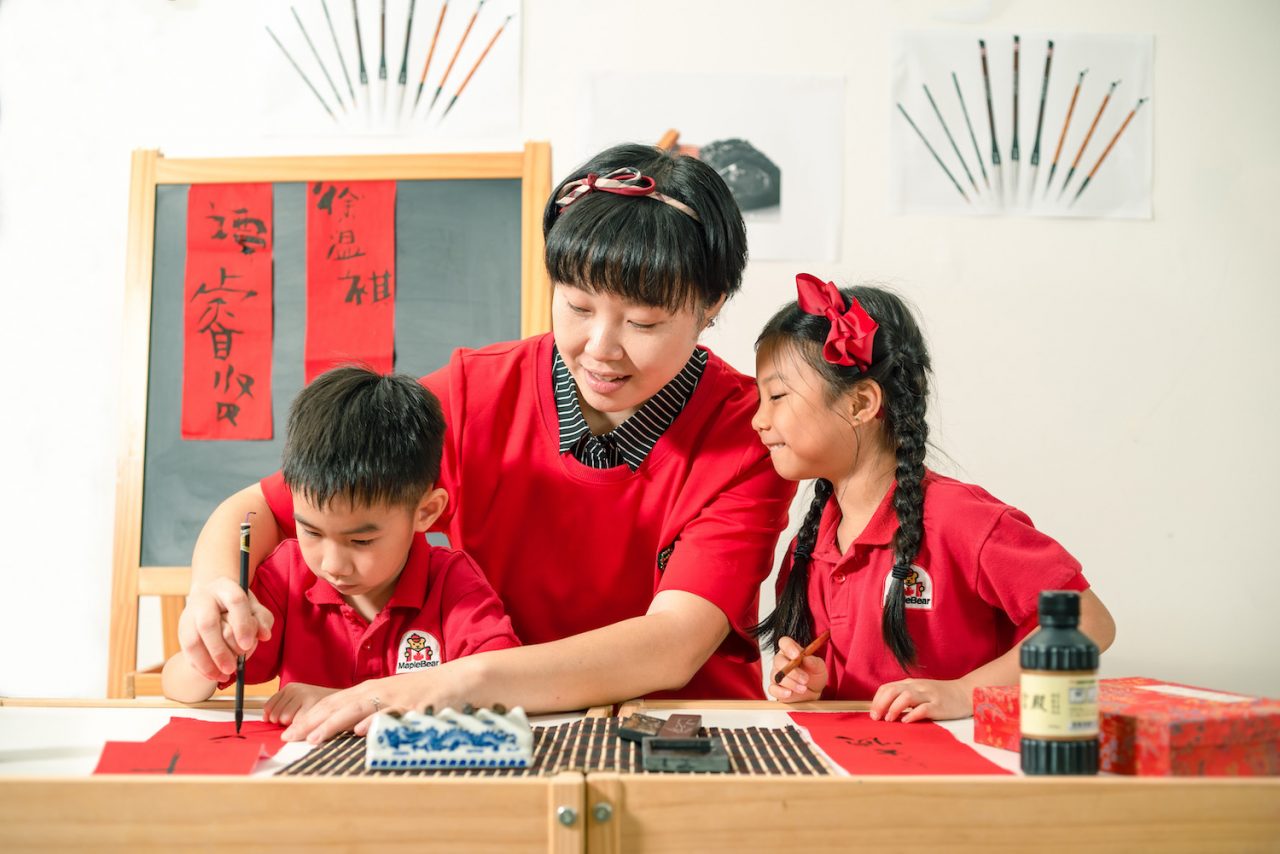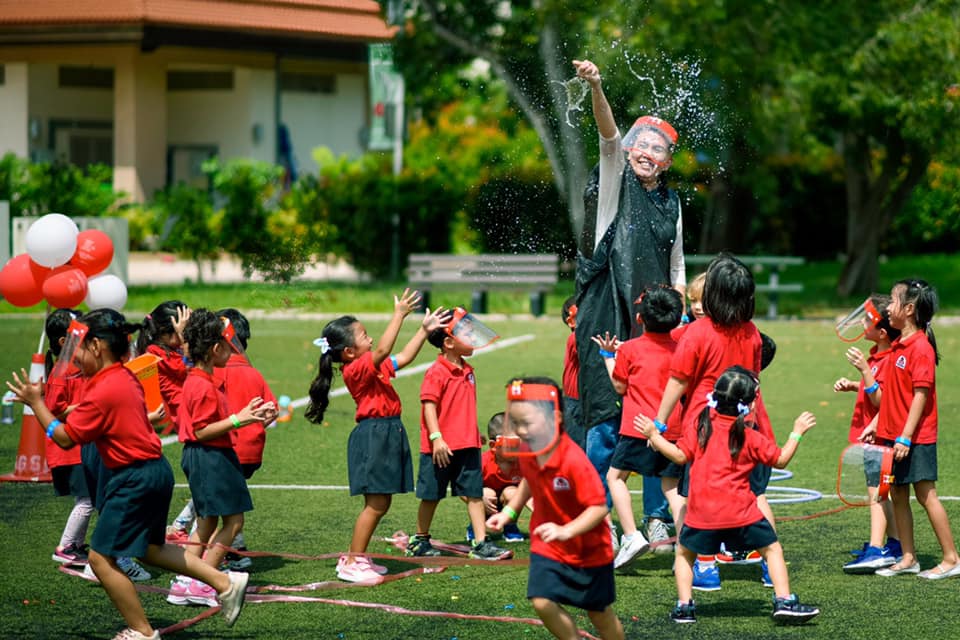*Produced by SilverKris for Maple Bear Singapore*
As told to the writer
Bilingual literacy plays a big part in the growth of children. When I started my first preschool centre, Pat’s Schoolhouse, in 1988, one of my main focuses was bilingual immersion. I had done some research on how children learn languages and on bilingual education, and realised that a lot of people believe in simply teaching a child one language before starting to teach them a second one. That’s why it’s often called a second language.
I discovered, however, that this method makes it harder for children to master the second language because they would’ve already formed certain grammatical rules in their heads. Children who have learnt Chinese may end up speaking broken English, using phrases and sentences directly translated from Chinese.

On the other hand, children who actually listened to two languages simultaneously, whenever natural, in a meaningful setting, will be able to speak both languages fluently and proficiently. That’s why when I opened Maple Bear Singapore, a preschool franchise that originated in Canada and championed bilingual immersion as well, in 2013, I decided to place two teachers in every classroom – an English teacher and a Chinese teacher.
When a child speaks to the English teacher, they will converse in English, and when it’s the Chinese teacher speaking, they will communicate in Mandarin. The languages are therefore used in context. What we don’t practise is direct translation. If the teacher has to stand next to the child to translate every word, the child will become dependent on the translation to understand the language. Rather, we focus on having normal conversations with the kids.
Children have this language acquisition device in their heads that can decipher the sounds and meaning of different languages. It’s so powerful that they can learn up to three or four languages at once, as long as they are in the right environment to learn, practise and listen to the languages.

Being bilingual also allows you to get around and do things more efficiently as you grow older. Not to mention, with China as the next global powerhouse, the ability to understand the Chinese language will no doubt be a valuable skill. It offers them exposure to foreign cultures and perspectives as well and helps them cultivate a more open mind.
Even in Singapore, there are many people in the country who can only converse in Mandarin. Not being able to communicate with them would be a shame and a disadvantage. It’s also important to make use of a child’s early years to impart bilingual education because the older we grow, the more difficult and time-consuming it becomes to learn and master a second language. If we don’t speak enough of it when we’re young, we’ll grow up knowing just a few rudimentary words and struggling to speak proficiently in a natural setting.
Furthermore, being able to speak more languages will help children to sharpen their minds, boost their confidence and connect with a wider group of people from all over the world. From my experience as an educator, bilingual children also tend to have better concentration, analytical and multitasking skills. They are likely to pick up reading much faster than those who can only understand one language.

Give your child a leg up with bilingual education at Maple Bear Singapore, a childcare centre that focuses on experiential learning and bilingual immersion.
The post The importance of bilingual education – and how to do it right appeared first on SilverKris.
from SilverKris
No comments:
Post a Comment